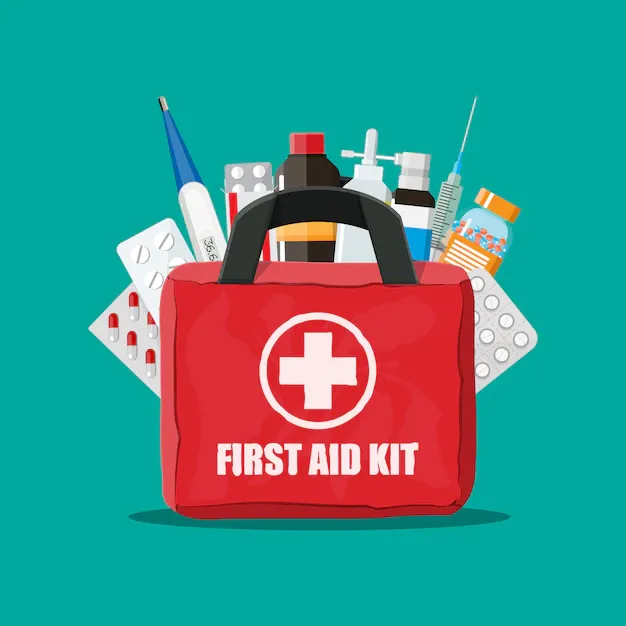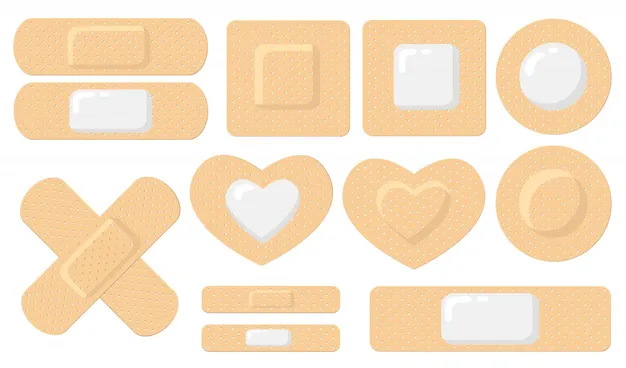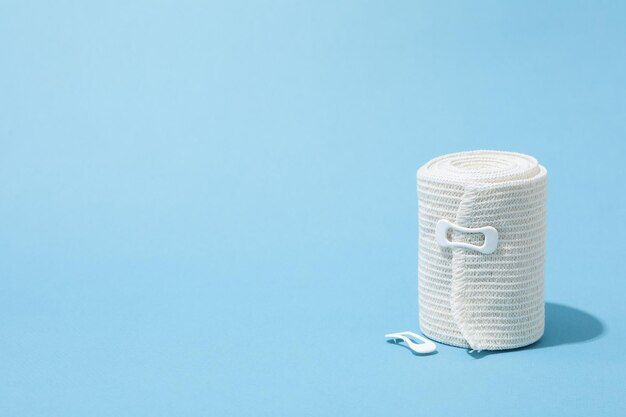
GET A QUOTE
What is the Lifespan of a First Aid Kit?
In a world where preparedness is paramount, the lifespan of a first aid kit is a question that often lingers in the back of our minds. We stash these kits in our homes, cars, and offices, relying on them to be our first line of defense in unexpected situations. But how long can we count on them?
Factors That Influence the Lifespan of a First Aid Kit
1. Contents Matter
The components within your first aid kit play a pivotal role in determining its longevity. Items like bandages, gauze, and adhesive tapes tend to have a relatively long shelf life. However, medications, especially those in the form of ointments or pills, may expire sooner. It's crucial to check the expiration dates regularly and replace any outdated items promptly.
2. Storage Conditions
The way you store your first aid kit significantly influences its lifespan. Exposure to extreme temperatures, moisture, or direct sunlight can accelerate the degradation of medications and reduce the effectiveness of other items. Store your kit in a cool, dry place to ensure its longevity.
3. Regular Check-ups
Like an annual doctor's visit, your first aid kit needs regular check-ups. Set a routine to inspect its contents and replace any items that show signs of wear, damage, or expiration. This simple practice ensures that your kit is always ready for action when you need it.
How to Check Your First Aid Kit
Regularly inspecting your first aid kit is crucial for ensuring its effectiveness in times of need. Here's a simple guide on what to look for during your annual check:
1. First Aid Kit
Begin by examining the overall condition of the first aid kit. If it has a zipper, ensure it opens and closes smoothly. For kits made of plastic or metal, check for cracks or rust. Verify that hinges and latches are in good working order. Damaged kits should be replaced promptly to keep the contents in optimal condition.
2. Dressings and Bandages
Sterile dressings and bandages typically don't expire if sealed and undamaged. Once opened or damaged, their sterility is compromised, and they should be discarded. Non-sterile dressings need regular checks for damage, discoloration, or mildew. When in doubt about a product's integrity, err on the side of safety and consider replacement.
3. Gauze
Inspecting a roll of gauze involves checking the seal for any signs of discoloration or condensation. If the seal is damaged but the gauze remains clean and dry, it can still be used, but it loses its sterility.
Why It Matters
You might wonder why it's crucial to keep tabs on your first aid kit's lifespan. The answer lies in its intended purpose – to provide immediate assistance in emergencies. Using expired or damaged items can compromise the effectiveness of your kit, putting you and your loved ones at risk. Regular maintenance ensures that your first aid kit is a reliable companion in times of need.
Conclusion
In conclusion, the lifespan of a first aid kit depends on what's inside, how it's stored, and regular maintenance. By paying attention to these factors, you can extend the life of your kit and ensure that it's always prepared to be your first responder. Your safety is in your hands, and a well-maintained first aid kit is a crucial tool in safeguarding it.



